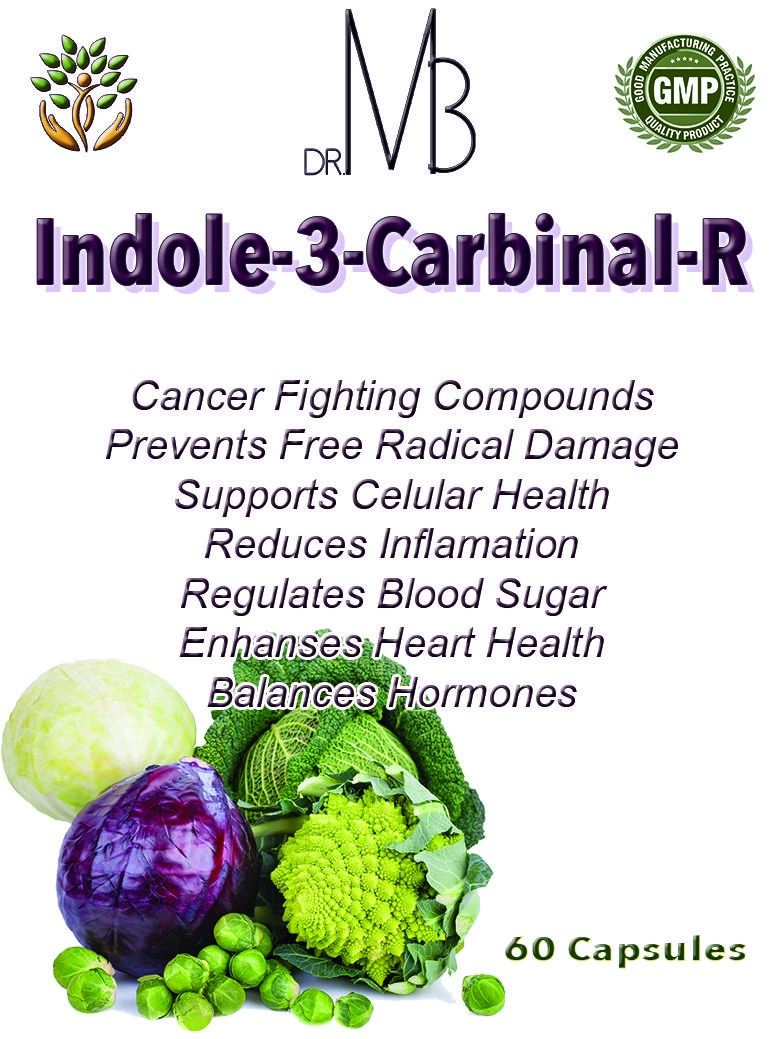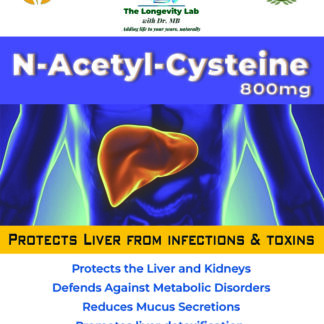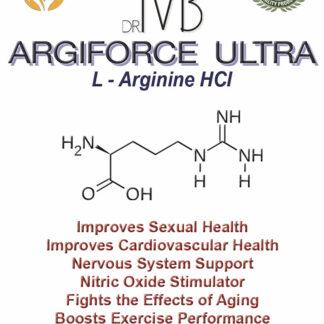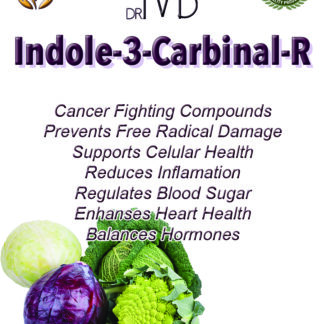Description
Dr MB’s Indole-3-carbinol-R
Our Indole 3 Carbinal has added Resveratrol
Cancer Killer + Anti-Ageing !!
What Are Cruciferous Vegetables?
Cruciferous vegetables are vegetables that belong to the Brassicaceae family of plants. These plants get their name from the New Latin word “Cruciferae,” which means cross-bearing, due to the cross-like shape of their flowers.
Native to Europe, the Mediterranean and the temperate regions of Asia, these vegetables have amassed widespread popularity and are now cultivated around the world.
These vegetables are low in calories packed with nutrients. Although the individual nutrition profiles can vary, cruciferous vegetables tend to be high in vitamin A, vitamin C and vitamin K as well as dietary fiber.
Cruciferous vegetables are also unique because they possess sulfur-containing compounds called glucosinolates, which have been shown to have cancer-fighting properties. They have also been linked to a long list of health benefits, including improved heart health, increased weight loss and reduced inflammation.
Benefits of Cruciferous Vegetables + Resveratrol
- Contain Cancer-Fighting Compounds
- Prevents Free Radical Damage
- Supports Celular Health
- Reduce Inflammation
- Regulate Blood Sugar
- Promote Weight Loss
- Enhance Heart Health
- Promote Estrogen Balance
Resveratrol is a naturally occurring polyphenolic compound highly enriched in grapes, peanuts, red wine, and a variety of food sources. Sulforaphane belongs to the family of isothiocyanates and is highly enriched in cruciferous vegetables.
In the current study, we tested the effect of combination treatment with resveratrol and sulforaphane for suppression of cell growth and induction of apoptosis in U251 glioma cells, and investigated the underlying signaling mechanisms. Our study shows that combination treatment with resveratrol and sulforaphane inhibits cell proliferation and migration, and induces apoptosis. Combination treatment changes the expression and/or activation of intracellular signaling proteins, such as proliferating cell nuclear antigen (PCNA), cyclin D1, phospho-Akt, Akt, and caspase-3 that have been implicated in cell proliferation, survival and apoptosis. The use of combination treatment with bioactive food components, such as resveratrol and sulforaphane, may be a valuable preventive and therapeutic approach for brain tumors.
Anti-ageing Proteins
They are called SIRT and they are responsible for the production of sirtuins, fundamental proteins that allow the cell to live longer. Scientists have begun to understand how to stimulate them pharmacologically but also with natural molecules.
When we are too stressed, it is often necessary to stop, take a break and regain energy. This rule applies not only to us, but also to our cells.
If they are subjected to stress our cells rest and renovate themselves. Natural evolution has selected precise mechanisms that allow cells to enter a state of “stand-by”: a recovery system that prolongs the life of the cell and also that of our organism. But how does this work?
Scientists have identified a family of genes that play a fundamental role in this system of recovery and are therefore considered the most important longevity genes. They are called SIRT genes and there are seven of them within human cells.
These seven genes are responsible for the production of sirtuins, proteins essential for the survival of all living cells and organisms. They are activated in response to threats or conditions of metabolic stress: cold, food shortages and imminent danger. In all these cases, sirtuins reduce the cell’s reproduction activity to concentrate all resources on survival.
What does all this have to do with longevity? Several studies have shown how the activity of sirtuins can slow down the ageing process and can reduce the risk of related diseases, such as cancer, metabolic and neurodegenerative diseases.
If sirtuin activity is compromised, the risk of metabolic syndrome and diabetes increases, and we become more susceptible to the negative effects of high-fat diets.
For example, it has been observed that if sirtuin activity is compromised, not only the risk of metabolic syndrome and type 2 diabetes increase, but also the other negative effects of high-fat dietary regimens are exacerbated.
In addition, scientists have highlighted how sirtuin activity is fundamental for the maintenance of cardiac health. Sirtuins also maintain proper functioning of the circadian rhythm, also known as the sleep-wake cycle, which is highly affected by ageing. These are some of the reasons for which sirtuins have been defined as longevity proteins.
Several natural molecules have been identified which are able to activate sirtuins.
Natural molecules that has recently attracted the attention of researchers are:
NMN (Nicotinamide mononucleotide),
Fucoidan – Brown Algae Extract,
Sulforaphane,
Indol 3C
When these enter our cells, they turns into a molecule called NAD (nicotinamide adenin dinucleotide), which is essential for the activity of more than 500 enzymes, including sirtuins.
As we age, NAD levels diminish, which results in decreased functioning of sirtuins and many other enzymes. It has been shown, however, that dietary supplementation with the above mentioned molecules regenerates physiological NAD levels and activates sirtuins.
Sirtuin-activating compounds (STAC) are chemical compounds having an effect on sirtuins, a group of enzymes that use NAD+ to remove acetyl groups from proteins. They are caloric restriction mimetic compounds that may be helpful in treating various age related diseases.
Autophagy is an evolutionary self-preservation mechanism that allows the body to remove dysfunctional cells and recycle some of them for cell repair and irrigation. In other words, Autophagy is a method of the body that wipes out damaged cells to regenerate newer and healthier cells. The main benefit of Autophagy is anti-ageing. The cellular level removes toxic proteins, recycling residual protein, provides energy, and promotes healthy cell regeneration.




